Pittsburgh
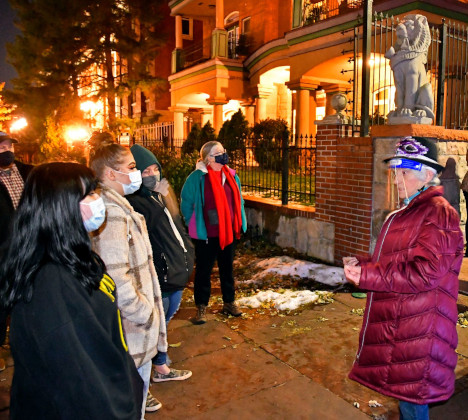
 Pittsburgh, PA
Pittsburgh, PA
Pittsburgh Ghosts: Sinister Shadows of Steel City
From $25 / person
8PM
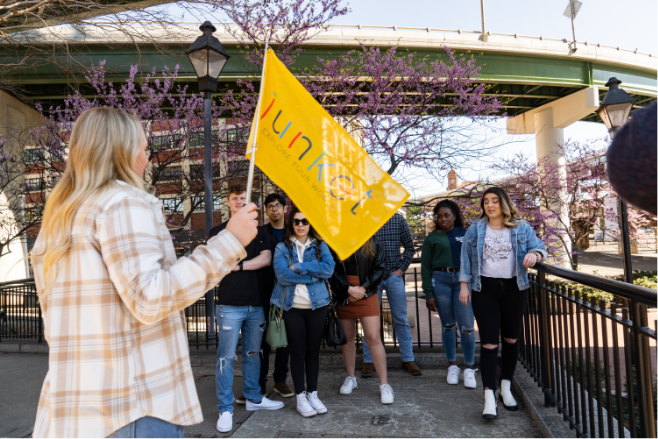
 Pittsburgh, PA
Pittsburgh, PA
Pittsburgh 101
From $25 / person
11:00AM

 Pittsburgh, PA
Pittsburgh, PA
Pittsburgh Ghosts: Sinister Shadows of Steel City
From $25 / person
8PM

 Pittsburgh, PA
Pittsburgh, PA
Pittsburgh 101
From $25 / person
11:00AM
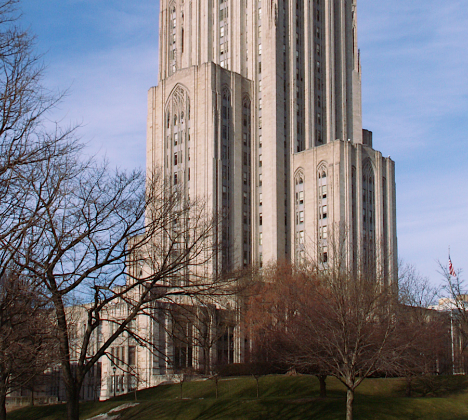
Things to Do in Pittsburgh: By JUNKET
Did you know Pittsburgh has more bridges than any city in the world? Or that it’s home to the steepest street in the United States? Or that for 20 years, the city was officially spelled without its “h?”
Tucked within the scenic confluence of three mighty rivers, Pittsburgh emerges as a city of captivating contrasts. Its dramatic skyline, adorned with towering steel and glass structures, reflects a rich industrial heritage that has shaped its identity. But beyond its steel and concrete facade lies a city teeming with cultural treasures, picturesque landscapes, and a resilient spirit.
From heritage-focused neighborhoods replete with a historic ambiance to the vibrant arts scene and world-class sports teams, Pittsburgh beckons visitors with its unique blend of old-world charm and modern allure. Whether strolling along its riverfront trails, indulging in delectable cuisine, or exploring its renowned museums and galleries, Pittsburgh's multifaceted beauty and undeniable magnetism are palpable.
Pittsburgh: Steel and Soul
Pittsburgh is a city brimming with captivating and unique attractions that honor its innovative history and breathtaking surroundings. From the towering steel structures that stand as a testament to its industrial heritage to the vibrant cultural institutions that showcase its artistic prowess, Pittsburgh offers a wealth of experiences for visitors to indulge in.
Immerse yourself in science and technology at the Carnegie Science Center, featuring interactive exhibits, a planetarium, and an Omnimax theater. Visit the Andy Warhol Museum to explore the extensive collection of artwork by the renowned pop artist and delve into his life and creative process. Discover the fascinating history of the city at the Heinz History Center, which showcases Pittsburgh's industrial heritage and cultural contributions.
Specters of Steel City
When darkness falls, Pittsburgh awakens with an electrifying energy that sets the stage for an unforgettable nightlife experience. With a diverse array of venues, from trendy rooftop bars overlooking the majestic rivers to pulsating nightclubs in the heart of the city, Pittsburgh's East Carson Street offers a captivating blend of sophistication and excitement.
As twilight casts its mysterious cloak over the city, the enigmatic Pittsburgh Ghost Tour beckons, revealing the haunting tales and lingering specters of the city's storied past. Brace yourself for an otherworldly adventure as you navigate shadowed streets and haunted landmarks, where you will:
- Discover the ghostly voices at Cindy Esser’s Floral Shop
- Unearth the trapped spirits at Dunbar’s Place
- Discover the eerie clown of the George K. Cupples Stadium
- Uncover the murdered woman at the Smiling Moose
- And so much more…
There’s a Junket for everyone – Pick yours.
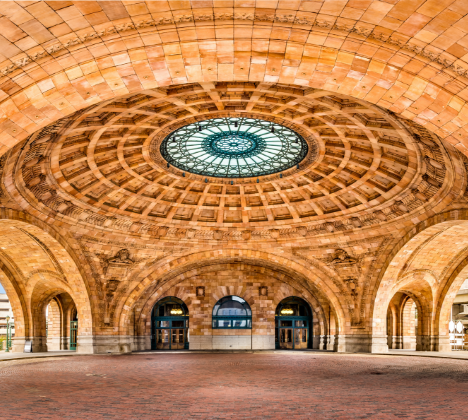
Pittsburgh History
Spoils of War
Situated in the western part of Pennsylvania, Pittsburgh stands as a testament to the resilience, innovation, and transformative power of a city deeply rooted in history. From its humble beginnings as a strategic fort during the French and Indian War to its rise as the "Steel City" and subsequent revitalization, Pittsburgh has undergone a remarkable evolution.
Before Pittsburgh was settled, the land it occupies was home to various Native American tribes, primarily the Iroquois Confederacy. These indigenous communities had a deep connection with the land, relying on its resources for sustenance, shelter, and cultural practices. The rivers, particularly the Monongahela and Allegheny Rivers, played a significant role in their lives, serving as transportation routes for trade and communication.
The initial settlement of Pittsburgh was established by the British in 1758 during the French and Indian War. General John Forbes led a British expedition to capture Fort Duquesne, a French outpost located at the strategic confluence of the two rivers. After the French abandoned the fort, the British rebuilt and renamed it Fort Pitt, after British Prime Minister William Pitt the Elder.
The settlement around the fort, which eventually became the foundation for the city of Pittsburgh, attracted immigrants from various European backgrounds, who would play a crucial role in shaping the city's cultural and industrial landscape.
City of Steel
Following the war, Pittsburgh became a hub of trade and commerce, thanks to its advantageous location and abundant natural resources. During the years from 1790 to 1810, boat building emerged as a paramount industry in Pittsburgh. The vast forests of Western Pennsylvania, coupled with the swift river transportation, conveniently supplied the necessary materials to the ideal position at the confluence of the Ohio River.
Blessed with vast reserves of coal and proximity to iron ore deposits, Pittsburgh rapidly transformed into an industrial powerhouse, primarily focusing on steel production.
The city's growth accelerated with the advent of the Industrial Revolution in the 19th century and Pittsburgh earned its reputation as the "Steel City” during this time. Immigrants from around the world, including Germany, Ireland, Italy, and Eastern Europe, flocked to the region seeking employment in the booming steel mills and factories. The city's skyline was adorned with towering smokestacks, symbolizing its industrial might.
By 1803, the city was home to a diverse range of industries, including two glassworks, a glass factory, a paper mill, powder, iron, and saltworks, lumber and flour mills, a brewery, and eight boatyards. Notably, Pittsburgh played a significant role in the coal trade, as coal mined in the region embarked on a journey downstream along the Ohio and Mississippi Rivers to the Gulf of Mexico.
Smokey City
During the height of its industrial era, Pittsburgh became notorious for its thick and pervasive smog, earning the nickname "Smokey City." The combination of numerous factories, steel mills, and coal-powered industries created a dense cloud of pollution that blanketed the city. The air quality was severely compromised, and the skyline was often obscured by a hazy, gray veil.
“In truth, Pittsburgh is a smoky, dismal city at her best. At her worst, nothing darker, dingier, or more dispiriting can be imagined.” – travel writer Willard Glazer (1883)
The effects of industrial smog were not just aesthetic but also had detrimental consequences for public health. The high levels of particulate matter and pollutants in the air contributed to respiratory issues and illnesses among the city's residents. Over time, increased awareness and environmental regulations prompted a shift towards cleaner technologies and a reduction in industrial pollution.
Restoration and Renewal
After the Industrial Revolution, Pittsburgh underwent significant changes that shaped its history and transformed the city in various ways. The decline of the steel industry in the 1970s and 1980s, which had been the backbone of Pittsburgh's economy, led to a period of economic struggle and population decline.
The redevelopment of former industrial sites and the revitalization of neighborhoods became a priority for Pittsburgh. Abandoned warehouses and factories were transformed into trendy loft apartments, office spaces, art galleries, and cultural centers. The restoration of historic landmarks, like the iconic Strip District and Market Square, revived the city's charm and created vibrant gathering places for residents and visitors alike.
A Legacy of Resilience
The city became a hotbed for innovation and creativity, fostering a thriving arts and cultural community. Galleries, theaters, and music venues offer a diverse range of artistic experiences, while annual events like the Pittsburgh International Film Festival and the Three Rivers Arts Festival celebrate creativity and diversity. Famous faces like Fred Rogers, beloved host of the television series "Mister Rogers' Neighborhood," jazz legend George Benson, and acclaimed football greats Dan Marino and Joe Namath hailed from Steel City.
Pittsburgh takes pride in its sports culture, with passionate support for the Pittsburgh Steelers (football), Penguins (hockey), and Pirates (baseball). These teams have achieved great success, winning numerous championships and contributing to the city's sense of pride and identity.
Overall, the post-Industrial Revolution era in Pittsburgh has been marked by a transformation from a struggling industrial city to a vibrant center of innovation, education, and culture. While the legacy of its industrial past remains, Pittsburgh has embraced a new chapter, capitalizing on its strengths and creating a dynamic and forward-thinking city that continues to evolve and thrive.
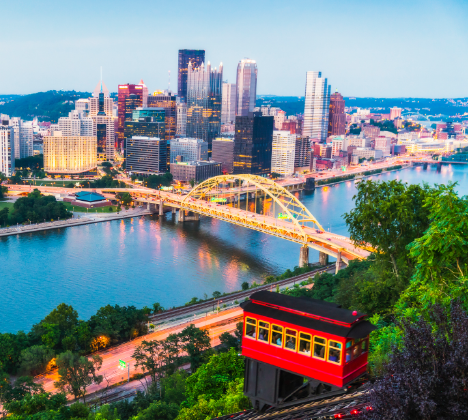
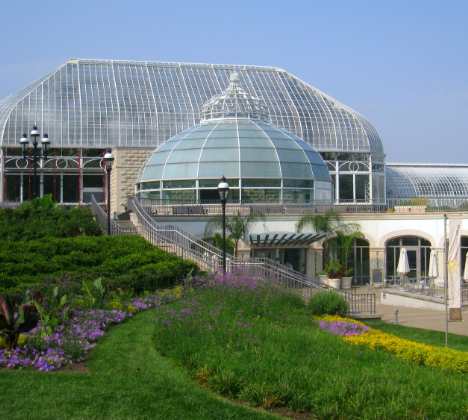
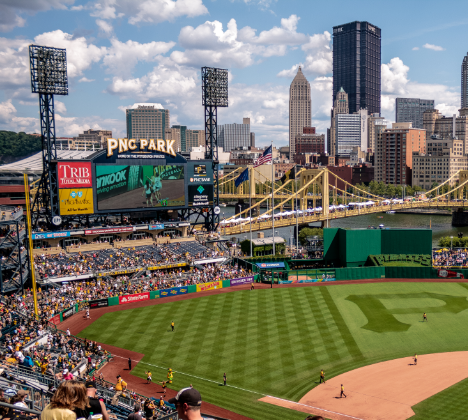
Pittsburgh Today
Won’t You Be My Neighbor
Pittsburgh is home to several historic neighborhoods that offer a glimpse into the city's past. Explore the cobblestone streets of the Strip District, known for its vibrant markets and warehouses. Visit the quaint and charming neighborhood of Shadyside, with its beautifully preserved Victorian-era homes. Experience the vibrant cultural scene of Lawrenceville, once an industrial hub transformed into a trendy and artistic neighborhood.
Discover the architectural wonders of the Mexican War Streets, characterized by stunning row houses and a rich arts scene. Don't miss the historic charm of Squirrel Hill, known for its diverse community and thriving cultural institutions. Each neighborhood in Pittsburgh has its own unique story to tell and provides a captivating glimpse into the city's rich history.
The Great Outdoors
Lovers of the outdoors should take a ride up the Duquesne Incline for breathtaking views of Pittsburgh's skyline and the three rivers that surround the city. Wander through the beautiful Phipps Conservatory and Botanical Gardens, featuring stunning floral displays and exotic plant collections. Take a leisurely stroll or bike ride along the Three Rivers Heritage Trail, which offers scenic views of the rivers and connects several parks and neighborhoods.
“There is something about the very air of Pittsburgh that inspires enthusiasm and industry in all who breathe it.”
– Andrew Carnegie
Arts and Culture
Despite Pittsburgh's industrial reputation, the city is also a vibrant hub of arts and culture, boasting a thriving arts scene, world-class museums, and a rich history of creativity and innovation.
Discover a diverse range of artworks from around the world, spanning various periods and styles, at the renowned Carnegie Museum of Art and delight in contemporary art installations and exhibitions at the Mattress Factory, known for its innovative and immersive experiences.
Step back in time at the historic Frick Pittsburgh, showcasing fine and decorative arts from the Gilded Age, along with beautifully landscaped gardens. Attend a captivating performance by the internationally acclaimed Pittsburgh Symphony Orchestra, known for its exceptional musical talents.
Pittsburgh's food scene is a vibrant and diverse tapestry of flavors that showcases the city's rich culinary heritage and innovative spirit. The city is renowned for its iconic Primanti Brothers sandwiches, stacked high with grilled meat, coleslaw, tomatoes, and French fries, all between two slices of fresh Italian bread. Beyond this famous staple, Pittsburgh boasts a thriving farm-to-table movement, with numerous restaurants incorporating locally sourced ingredients into their menus.
Get to Know Pittsburgh
In addition to the Junket Pittsburgh Experience, Steel City offers a diverse array of entertainment options that cater to every taste and interest, from captivating museums and talented artists to thrilling nature activities and mesmerizing performances. Some of Pittsburgh’s renowned attractions include:
- Heinz History Center: Dive into Pittsburgh's rich past at this Smithsonian-affiliated history center that features engaging exhibits highlighting the city's industrial heritage, sports history, and cultural contributions.
- Phipps Conservatory and Botanical Gardens: Wander through the beautiful gardens and glasshouse of this award-winning conservatory, which showcases an array of exotic plants and stunning floral displays throughout the year.
- Andy Warhol Museum: Delve into the world of pop art and discover the works of the iconic artist Andy Warhol at this museum that houses an extensive collection of his artworks, personal artifacts, and multimedia exhibits.
- Saint Anthony Chapel: Marvel at a remarkable collection of over 5,000 religious relics, including the largest collection of authenticated relics outside of the Vatican, at this striking 19th-century chapel.
- Duquesne Incline: Ascend the steep slopes of Mount Washington on this historic cable car and enjoy breathtaking panoramic views of the city skyline and the three rivers that converge below.


